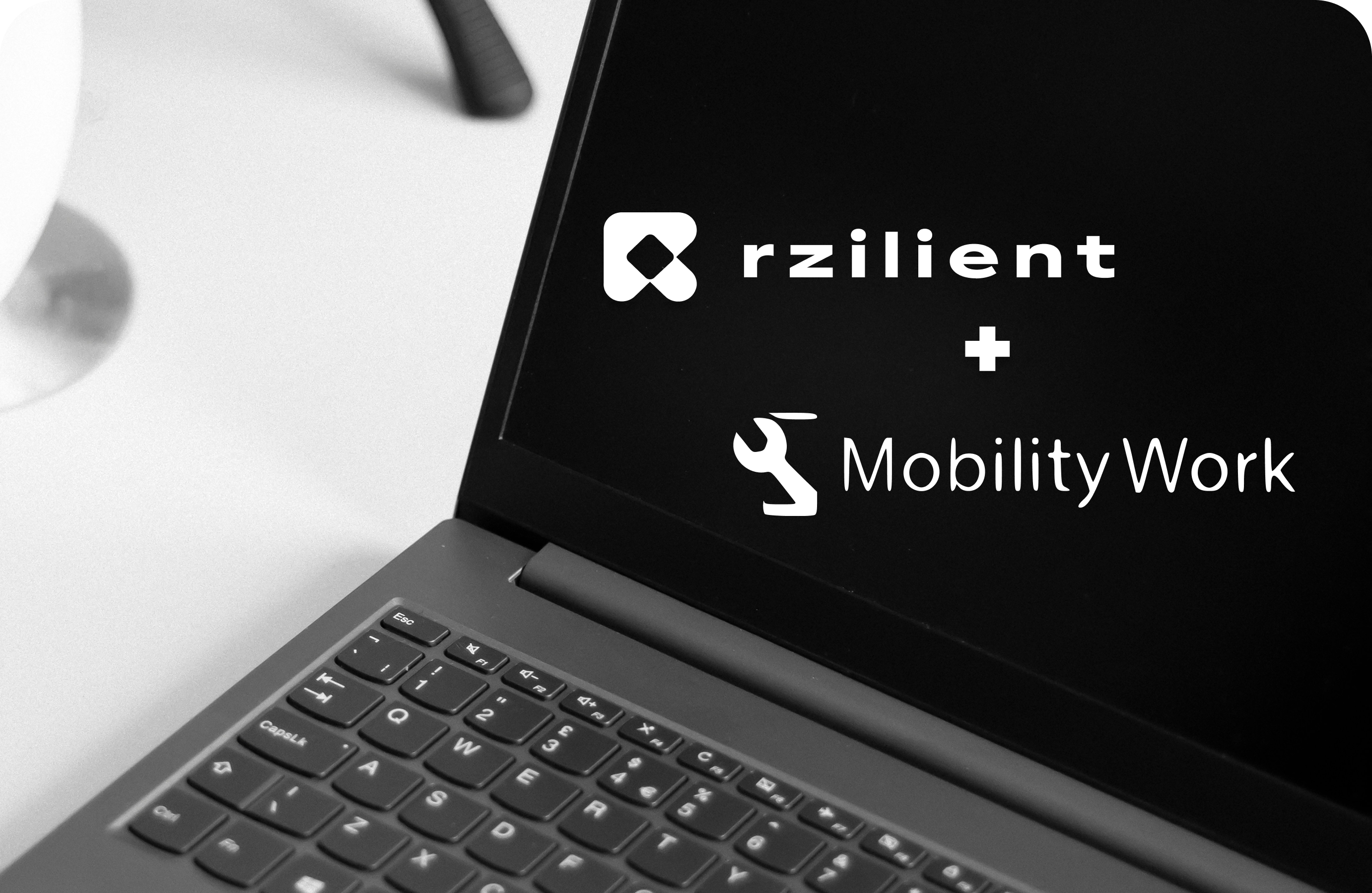How do you get HR & IT offboarding back in hand?

Discover our all-in-one solution
The most underrated and most crucial process
Offboarding, or the process of leaving an employee, is often underestimated but it is actually crucial for businesses. Whether following a resignation, retirement, dismissal or transfer, a poorly managed departure can have negative consequences for both the employee and the company. A well-orchestrated offboarding minimizes negative impacts and ensures a smooth transition.
According to a study, a quarter of employees maintain access to data from their former employer, and 87% of them admit to carrying data that they created. In addition, 28% of employees carry data created by others. These figures highlight the importance of a structured offboarding process to prevent security risks, protect sensitive company information, but also to maintain its employer brand!
That's why we created a Notion document for you with the entire offboarding process activatable. The template can be downloaded by filling out the form on the right side of the screen 👌

Who are the stakeholders in offboarding?
Offboarding involves several key players within the company:
- Human Resources (HR) : They manage the administrative process, prepare the necessary documents and ensure that all legal obligations are met.
- The IT department : It must revoke the employee's access to computer systems, retrieve company hardware, and secure data.
- Direct managers : They facilitate the transfer of knowledge and ongoing tasks.
- The colleagues : They can play a role in the continuity of projects and the integration of replacements.
- The outgoing employee : He must collaborate with HR and the IT department for a smooth transition.
How to perform on your offboarding process as HR?
To successfully complete your offboarding process as a human resources manager, here are some best practices to adopt:
- Preparation and Communication
- Inform the employee : Clearly explain the steps in the offboarding process. Whether through an informal discussion or a formal letter, make sure the employee understands what is going to happen.
- Preparing the necessary documents : Gather all relevant documents, such as pension information, non-compete agreements, non-disclosure agreements, and tax documents.
- Knowledge transfer
- Coordination with the manager : Ensure that the outgoing employee's direct manager organizes a comprehensive knowledge transfer. This includes the transmission of important contacts, useful resources, reports on the progress of current tasks, and lists of outstanding tasks.
- Documentation : Encourage the outgoing employee to document their processes and projects to facilitate takeover by their successor.
- Recovery of business assets
- Asset inventory : Make a list of the goods provided to the employee (computers, telephones, access cards, etc.) and make sure everything is returned in good condition.
- IT check : Ensure that the IT department revokes all employee access to company IT systems, including remote access.
- Exit interview
- Constructive feedback : Conduct an exit interview to get feedback on the employee's experience within the company. This can provide valuable insights to improve talent management practices and corporate culture.
- Respect and professionalism : Ensure that the interview is conducted in a respectful and professional manner to leave a final positive impression on the employee.
- Administrative finalization
- Compensation : Ensure that all compensation issues are resolved, including final pay, severance, and unused vacation payments.
- Closing of files : Complete all administrative files and update HR databases to reflect the departure of the employee.
The IT offboarding process
The IT aspect of offboarding is often overlooked, yet it is essential to ensure the security of company data.
Why secure IT offboarding is crucial
A poorly managed IT offboarding process increases the risks of internal threats and external cyberattacks. For example, maintaining the former employee's access may allow cybercriminals to exploit these flaws to penetrate the company system.
The risks of insecure IT offboarding
Insecure IT offboarding can leave accounts unmonitored, passwords active, and access not revoked, creating entry points for cybercriminals.
Characteristics of secure IT offboarding
A secure IT offboarding process is:
- Efficient and organized : It follows a documented and consistent procedure.
- Aligned with the current state of the systems : It takes into account recent developments in IT infrastructure.
- Rigorous in access management : It revokes all accesses and permissions of the outgoing employee in a systematic manner.
Steps to take for secure IT offboarding
- Decommissioning of accounts : Close or deactivate all of the outgoing employee's user accounts.
- Resetting passwords : Change the passwords for administrative accounts that the employee had access to.
- Equipment recovery and reassignment : Ensure that all company-supplied devices are recovered and reset.
- Access update : Revoke remote access and update corporate directories and databases.
- Security audit : Perform an audit to ensure that there is no unauthorised access.
Offboarding, whether HR or IT, is a critical stage in the life cycle of an employee within a company. By setting up a structured process and involving all stakeholders, businesses can minimize risks and ensure a smooth transition. Well-managed offboarding not only contributes to company security, but also contributes to maintaining a good image among current and former employees.
Download the Notion Document by completing the form on the right side of the screen!







